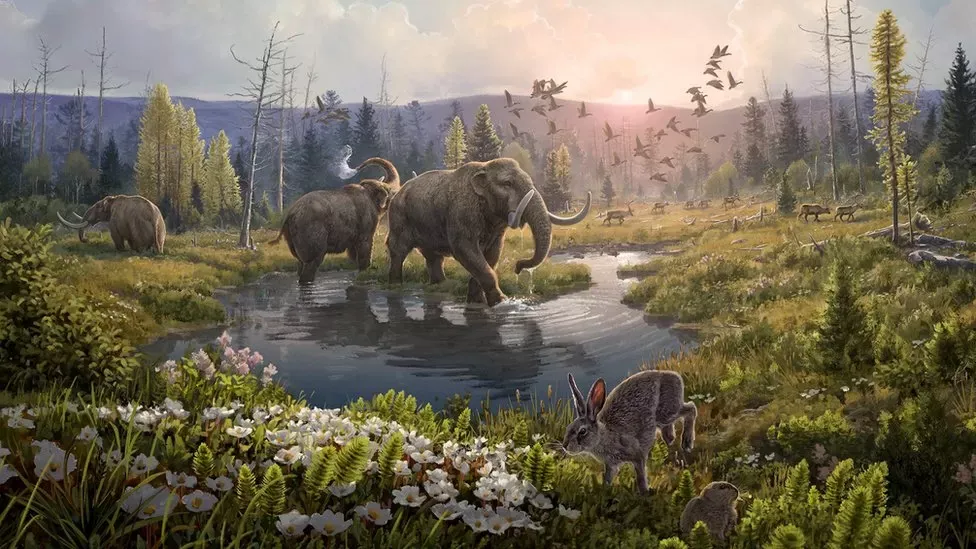2M-Year-Old DNA Reveals Greenland's 'Lost World'
In a study published this week in the journal Nature, a team of scientists successfully sequenced 2M-year-old DNA from the northeastern tip of Greenland. The DNA sequence is the oldest obtained on record.

Facts
- In a study published this week in the journal Nature, a team of scientists successfully sequenced 2M-year-old DNA from the northeastern tip of Greenland. The DNA sequence is the oldest obtained on record.
- The region is a polar desert today, but the new discovery paints a picture of a lush and verdant Greenland 2M years ago, rich in biodiversity, including elephant-like mastodons, reindeer, geese, birch and poplar trees, and sea life teaming with algae and horseshoe crabs.
- The findings stunned scientists, as only macrofossils from a rabbit and dung beetle had been discovered from that time period in Greenland before, which was 11°C-19°C (51.8°-66.2°F) hotter than today. Study lead Prof. Eske Willerslev suggested that the mixture of temperate and polar species living side-by-side was unprecedented.
- Other surprises included the discovery of reindeer — which were thought not to have existed then, nor to have been able to survive in Greenland's ancient habitat — and mastodons, which were thought to have lived in North American forests. Willserslev said, "No one would have predicted this ecosystem in northern Greenland at this time."
- Collected in 2006, the DNA samples were found at the mouth of a fjord at Greenland’s northernmost point. After numerous attempts, new DNA technology finally resulted in successful DNA sequencing and cross-referenced genetic libraries of plants and animals; the previous record was 1M years old.
- Willerslev added that it may be possible to find fragments of so-called "environmental DNA" in samples as far back as 4M years. Scientists suggest that studying the deep histories of Greenland and Antarctica could reveal important information about previous times when Earth's climate changed rapidly.
Sources: Nature, BBC News, Washington Post, and Scientific American.
Narratives
- Narrative A, as provided by Sky News. The newly-discovered "lost world" of Greenland is a close analog to what the region could look like if our current climate change trends continue unabated. This shows that plants and animals can evolve quickly in the face of a changing climate, and the more we learn about similar eras of rapid change, the more information we have to anticipate and adjust to changes of the "hothouse Earth" of the near future.
- Narrative B, as provided by Ars Technica. Though a fascinating discovery, we can't extrapolate our climate future based on the lush Greenland of 2M years ago. The "lost world" ecosystem enjoyed longer warm periods between Ice Ages, allowing species to hang out nearby and repopulate Greenland at will. Many of the species that changed the face of Greenland back then are also extinct today, so it's better to appreciate breakthroughs in paleontology for own their sake without incorrectly projecting them on our climate situation today.






